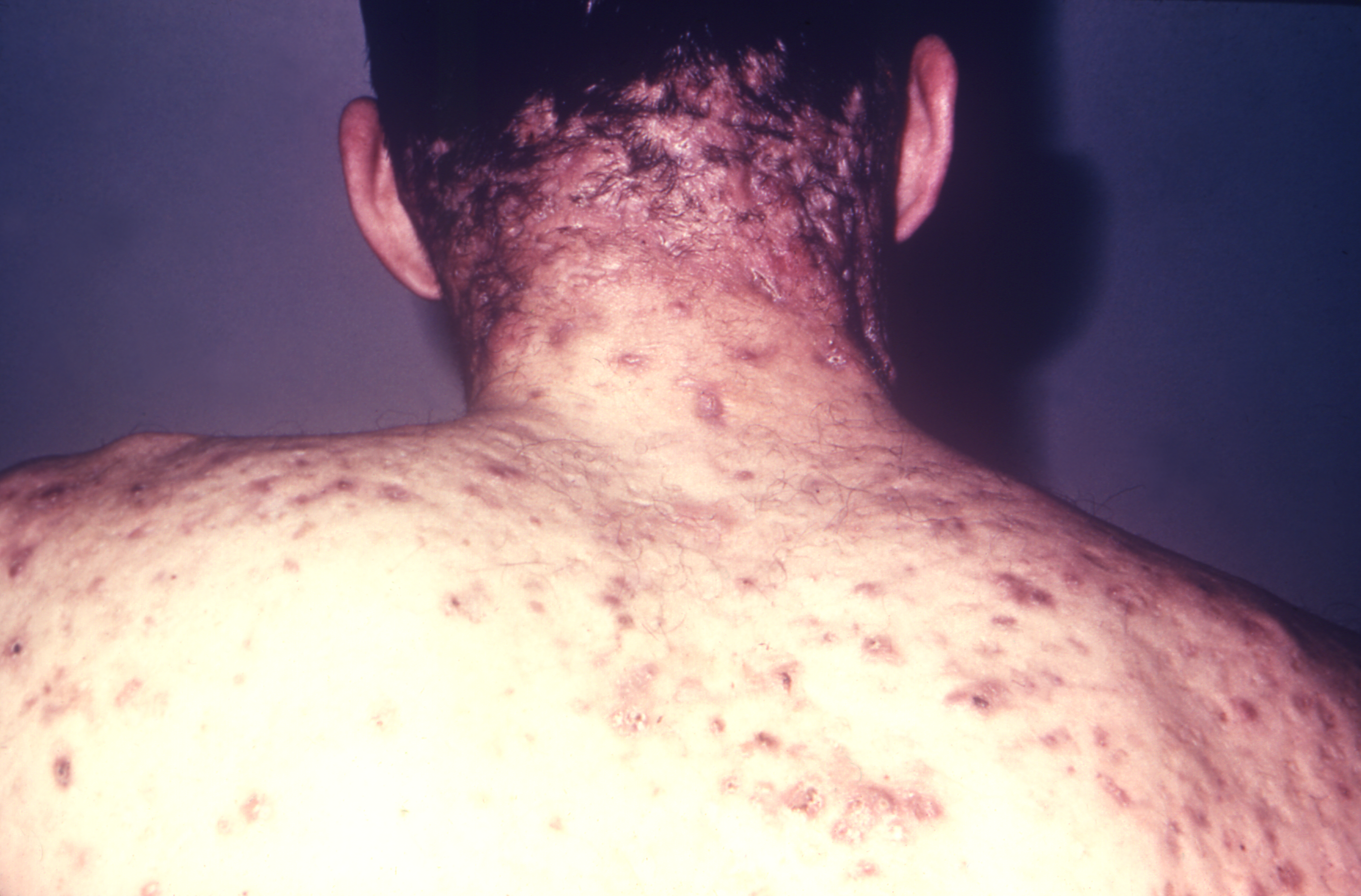- Acne
- Actinic Keratosis
- Aesthetics
- Alopecia
- Atopic Dermatitis
- Buy-and-Bill
- COVID-19
- Case-Based Roundtable
- Chronic Hand Eczema
- Drug Watch
- Eczema
- General Dermatology
- Hidradenitis Suppurativa
- Melasma
- NP and PA
- Pediatric Dermatology
- Pigmentary Disorders
- Practice Management
- Precision Medicine and Biologics
- Prurigo Nodularis
- Psoriasis
- Psoriatic Arthritis
- Rare Disease
- Rosacea
- Skin Cancer
- Vitiligo
- Wound Care
News
Article
Dermatology Times
Preparing Your Patient to Ask for ADA Workplace Accommodations
Author(s):
Sometimes patients are unsure of what they can request from an employer for their skin conditions, and advice from a trusted clinician about reasonable accommodations can serve as an extra step to build their confidence to continue their career.
National Disability Employment Awareness Month is held every October to celebrate the contributions of America’s workers with diverse abilities. It is also a time for advocates in health care to reflect and gain a better understanding of ways to serve patients who have a desire to work and need workplace accommodations. Sometimes patients are unsure of what they can request from an employer, and advice from a trusted clinician about reasonable accommodations can serve as an extra step to build their confidence to continue their career.
Defining Workplace Limitations
The Americans With Disabilities Act (ADA) does not explicitly spell out a list of skin conditions that constitute disabilities. Instead, the ADA defines a person with a disability as someone who has a physical or mental impairment that substantially limits 1 or more major life activities, has a record of such an impairment, or is regarded as having such an impairment.1
“Limitations associated with skin conditions can include light sensitivity, suppressed immune system, skin irritations, fine and gross motor movement, mobility, temperature sensitivity, pain management, and stress management,” the Job Accommodation Network (JAN) explained.2
Once a request for accommodation is received, an employer is required by law to evaluate the request. If the request is denied, the employer must provide a clear explanation of how the request would fundamentally alter an essential job function, cause undue hardship, or risk the health and safety of others.
Solutions for Limitations
The most common skin condition accommodations can be broken down into 5 different categories: skin irritation, ultraviolet sensitivity, suppressed immune system, temperature sensitivity, and pain management. Asking questions about a patient’s day-to-day is essential to best understanding what they need.
1. Skin Irritations
Patients with rashes, sores, and lesions can ask for alternative personal protective equipment (PPE) or, if possible, have their PPE or uniform custom-made. Depending on their role, patients can also ask to avoid infectious agents, chemicals, and tasks that may exacerbate a skin condition.
2. Ultraviolet Sensitivity
If a patient needs to limit sun exposure or certain indoor lighting, they can ask for a schedule that avoids direct high-sun exposure, ultraviolet light filters, alternate lighting, or ultraviolet filters for computer screens. They can also ask to be provided with or given permission to wear protective clothing.
3. Suppressed Immune System
Those with skin conditions weakening their immune system can request extra flexibility with time to take additional breaks to rest, use medications, or prepare specialized food. A patient may need special refrigerator space for medications. If the job allows, working hybrid or remotely can potentially leave a patient less stressed about additional exposure to germs. Cleaning accommodations can also include asking for regular cleaning and sanitizing of certain office spaces or providing an ultraviolet sanitizing wand.
4. Temperature Sensitivity
Whether an individual’s skin condition leads to sensitivity to hot or frigid temperatures, an employer can modify the worksite temperature or dress code, or allow someone to work from home during extreme temperature advisories. If it is safe, a patient may be able to use a portable fan, an air conditioner, or a heater at their workstation.
5. Pain Management
Skin lesions may be painful and can disrupt someone’s work performance. An employer can be asked to allow for flexible scheduling, working from home, and taking breaks. If the patient’s job permits it, a reduction or elimination of physical tasks may promote faster healing. Allowing access to a refrigerator or phone calls to the individual’s support network during business hours may also create a better work experience for the patient.
Letter Template for Accommodation Requests
JAN is a service of the US Department of Labor’s Office of Disability Employment Policy. The organization has developed a letter template for clinicians in all specialties to help their patients continue to thrive in their careers as they navigate a new or exacerbated skin condition.3

References
1. Vaswani SK, Nethercott JR. The Americans With Disabilities Act and dermatologists. Arch Dermatol. 1997;133(6):695-698.
2. Skin conditions. Job Accommodation Network. Accessed September 20, 2023. https://askjan.org/disabilities/Skin-Conditions.cfm
3. Practical guidance for medical professionals. Job Accommodation Network. Accessed September 20, 2023. https://askjan.org/articles/Medical-Provider-Support-for-Accommodation-Request.cfm

Newsletter
Like what you’re reading? Subscribe to Dermatology Times for weekly updates on therapies, innovations, and real-world practice tips.





























